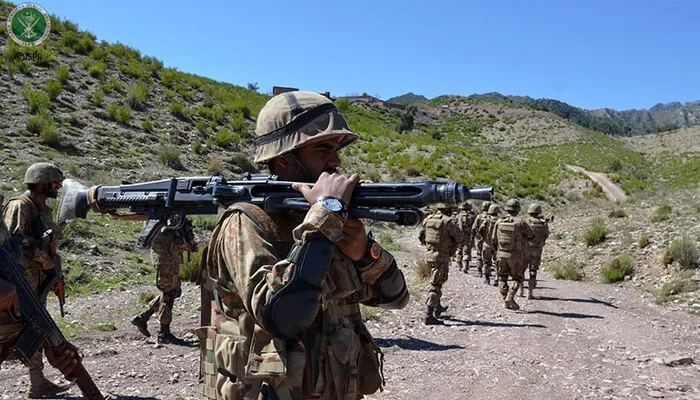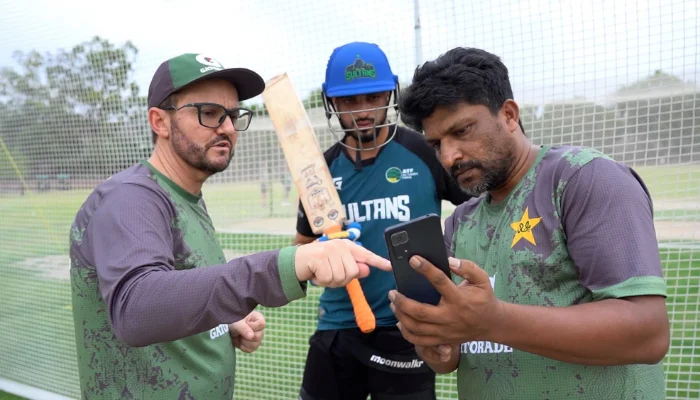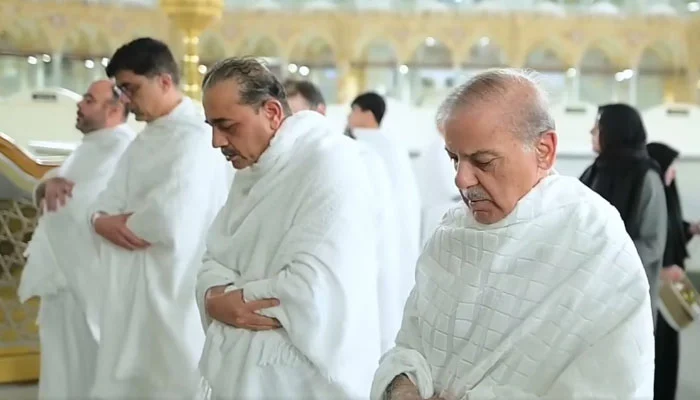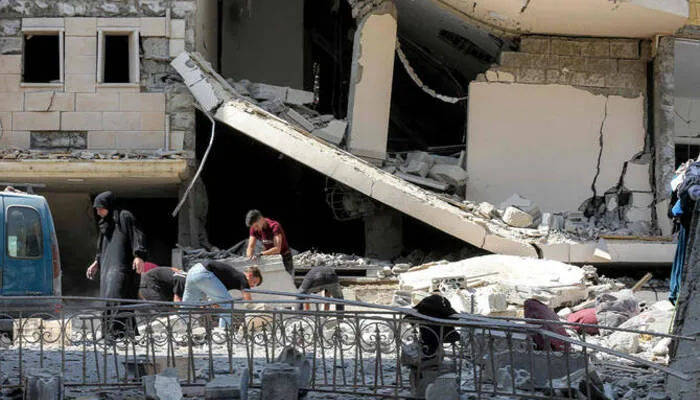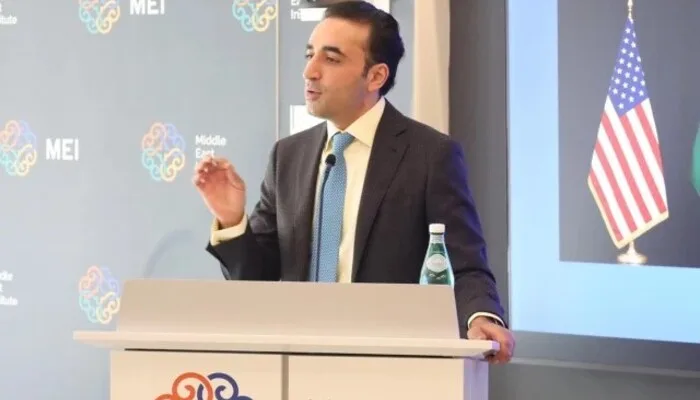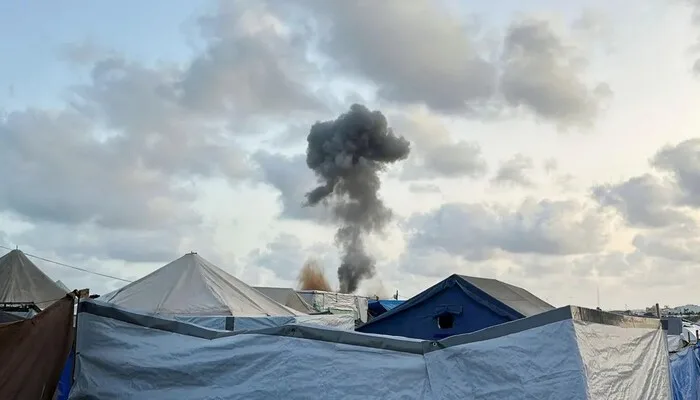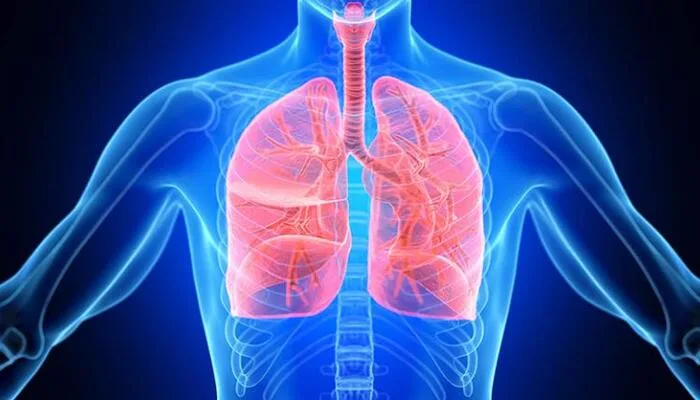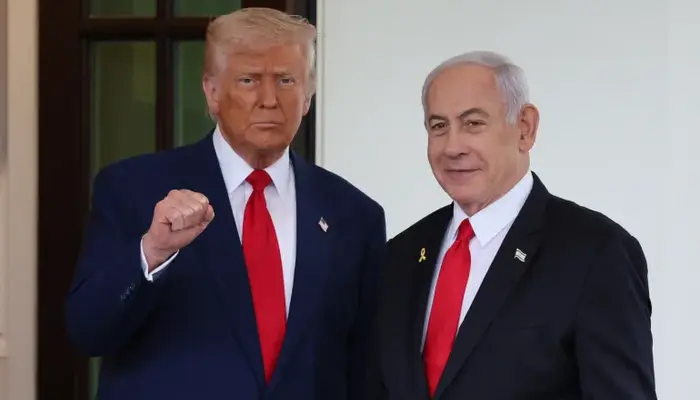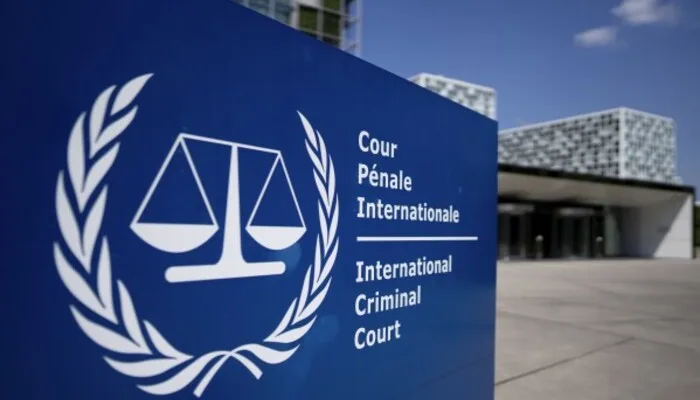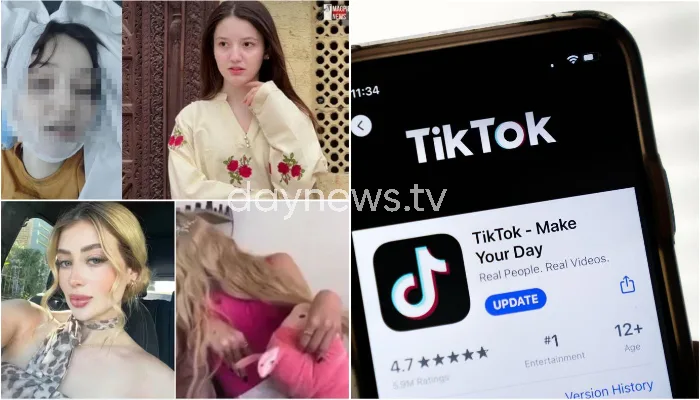
In a world where everyone carries a tiny screen in their pocket, it’s easy to think social media is just harmless fun. For many teens, it’s their favorite way to connect, express, and build a name. But sometimes, that name can put them in real danger.
Two stories, one from Pakistan and one from Mexico, remind us of the risks lurking behind the likes and follows. These are not stories about fame or fortune. They are warnings.
The Story of a Teenager Who Went Too Far — Or Did She?
Sana Yousaf was a 17-year-old girl from Pakistan. Like many teenagers, she loved TikTok. She posted videos, spoke her mind, and grew a small but loyal audience. To her, it was just a way to be heard, to belong.
But for some people, her voice was a threat. People who didn’t want a young girl to be so visible. People who felt threatened by her boldness.
One day in June 2025, Sana’s life was brutally cut short. She was shot and killed in Islamabad. No warnings. No second chances.
Her story is not unique. But it forces us to ask: How did a teenage girl end up a target because of social media?
Read: Bilawal Suggests ISI-RAW Cooperation Could Curb Terrorism
A Mirror in Mexico: Valeria Márquez’s Silent Cry
Half a world away, Valeria Márquez, a 23-year-old beauty influencer, was building her career. She posted makeup tutorials and shared her daily life. She dreamed of inspiring others and making a living doing what she loved.
On a May day in 2025, Valeria was live-streaming at her salon when a man, disguised as a delivery person, entered and shot her. Viewers witnessed the horror in real-time.
Valeria’s death shocked her country. Police suspect it was a femicide — a crime driven by hatred against women. But beyond the crime statistics, it was another young woman silenced because of her public life online.
The Reality Behind the Screens
Social media feels safe. It’s on your phone, behind a screen. But behind that screen are people — some kind, some cruel. For teenagers, the line between real life and online life is blurry. They often don’t see the risks.
Parents may think, “It’s just social media. What harm can it do?” But the harm is real and growing.
Cyberbullies threaten. Strangers stalk. Trolls harass. And some take their hatred offline.
Teen girls, especially, face an extra burden. Being visible can mean being vulnerable in societies where tradition clashes with freedom of expression.
Why Are We Handing Teens This Responsibility?
Imagine giving a teenager a powerful tool without instructions or supervision. That’s what happens when we hand over smartphones without rules.
Teens chase approval through likes and comments. They push boundaries to get noticed. But many don’t understand how this visibility can put them at risk.
Social media companies do little to protect young users. They want engagement and views, not safety. Schools rarely teach online safety. Parents sometimes don’t know what to do.
The result? Stories like Sana’s and Valeria’s become tragedies, not warnings.
What Can Parents and Teens Do to Stay Safe?
This isn’t about banning social media. It’s about being smart and careful.
For Parents:
-
Talk openly about social media risks.
-
Set clear rules on screen time and content.
-
Watch for signs of distress or bullying.
-
Teach your children to protect their privacy online.
-
Stay involved, don’t ignore their digital lives.
For Teens:
-
Think before posting anything personal.
-
Block and report anyone who threatens or bullies you.
-
Don’t share your location or private details.
-
Talk to someone you trust if you feel unsafe.
-
Remember: Online friends are not always safe.
Awareness Can Save Lives
The deaths of Sana Yousaf and Valeria Márquez should not be headlines we forget next week. They should wake us up.
Social media can connect us, inspire us, and create opportunities. But it also has dangers that every parent and child must understand.
We can’t stop the digital world. But we can learn to navigate it safely. Awareness, conversation, and care can make the difference between a bright future and a tragic end.
If you have a teenager in your life, don’t wait. Start the conversation now. Help them protect their voices, their dreams — and their lives.



